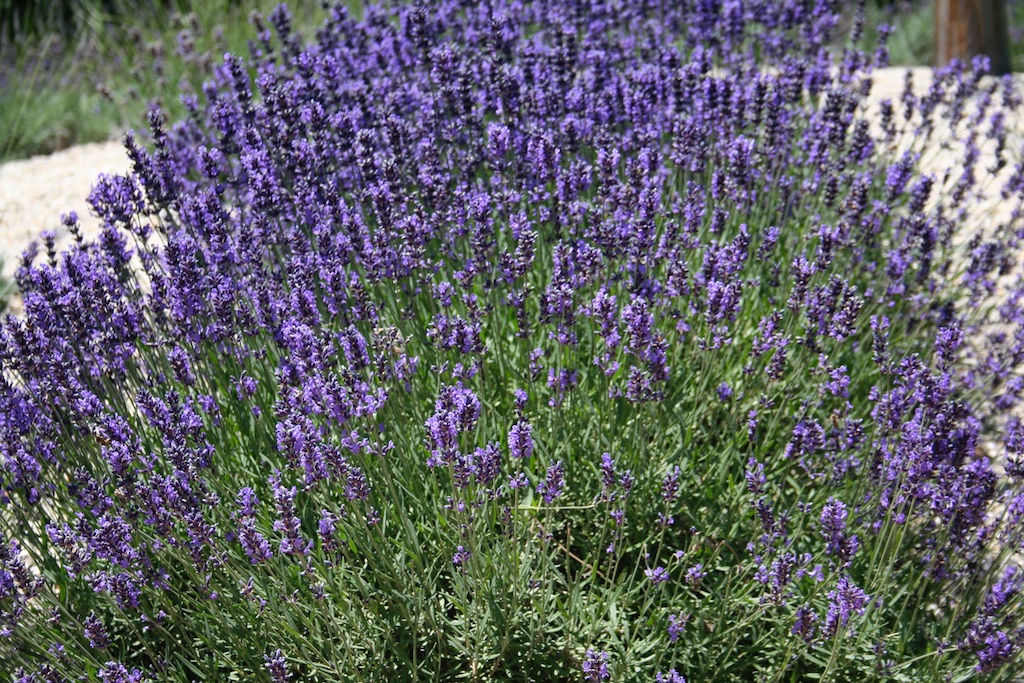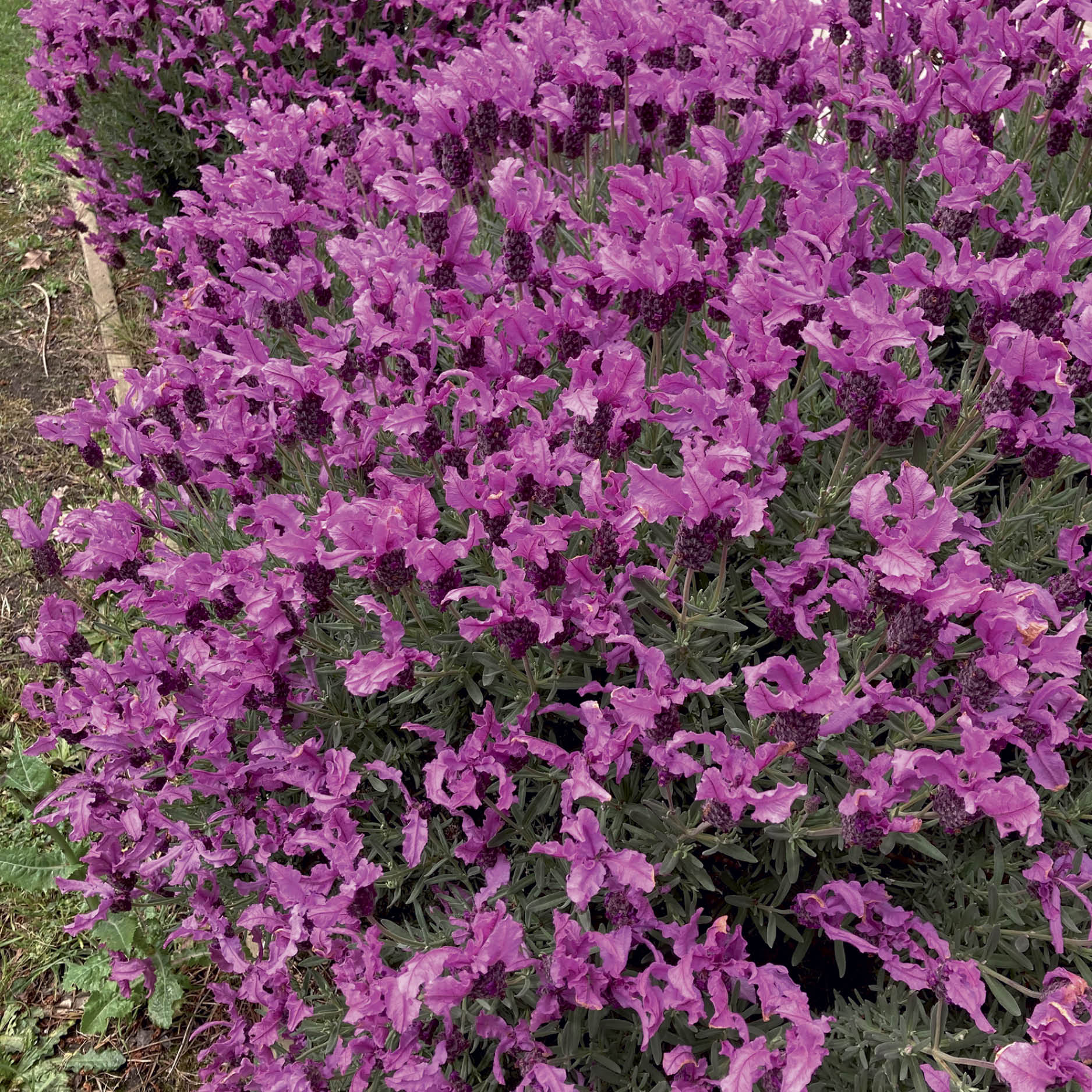Smell the lavender
2018-10-31T06:22:22+11:00
Find the right lavender, says Penny Woodward, to use for its calming and relaxing effects.
If you want to use lavender in cooking or for medicine it’s important to use the right species and sometimes even the right cultivars. These lavenders are those that are grown for their essential oils. English lavender, Lavandula angustifolia, produces the purest lavender oils, but much of the world’s supply of lavender oil, particularly in hotter climates, is derived from spike lavender, L. latifolia, and Lavandins, which are created by crossing English lavenders with spike lavenders. Some lavandin cultivars are ‘Seal’, ‘Hidcote Giant’ and ‘Old English’. Other lavenders such as French (L. dentata) , Spanish (L. pedunculata) and Italian (L. stoechas) are high in menthol, which has very different properties to those of the oils found in English lavender, so can’t be used in the same way.
L. angustifolia plants need full sun, reasonable soil with good drainage and don’t like to be cold and wet in winter. They grow well in temperate and arid/semi-arid regions. Harvest flower heads on the morning of a dry day, when about half the the flowers on the flower head are fully open. Cut at the base of the stem, hang in bunches in an airy position out of direct light. Strip the flowers from the head when dry and use in cooking, for scented oils, potpourri and sachets.
The good news is that you don’t have to go through the whole process of steam distillation to get the essential oil to obtain the calming and relaxing effect. Or spend the money to buy it. Some recent research in Frontiers in Behavioral Neuroscience has shown that all you have to do is smell these flowers, fresh or dried and you will gain the benefit of the oil being absorbed in your nasal passage.*
Apparently the smell of English lavender mellows us, perhaps in the future doctors might be prescribing patients a whiff of this delicious scent. In perfume terms the scent is described as sweet, floral and woody. It’s known in aromatherapy to be calming and relaxing, and in medicinal terms, antiseptic. For the first time it has been shown that the compound linalool, the main component of lavender oil, must be smelt, not breathed in, for the calming effects to work. The speculation is that smelling lavender could be used to relieve stress and anxiety disorders, and even become a safer alternative to anxiety relieving drugs like benzodiazapenes.
But don’t get too excited, so far this research has only been carried out on mice. However numerous other studies have confirmed the potent relaxing effects of linalool, a fragrant compound found in English lavender extracts. These researchers say though, that when combined, their results suggest that linalool does not act directly on brain cell receptors by being breathed into the lungs and absorbed into the blood, as previously thought, but seems to activate brain cells via olfactory neurons in the nose in order to produce its relaxing effects.
So if it’s been a tough day, wander into your garden, pick an English lavender flower and smell it. The soothing scent may help you to relax and unwind.
* Hiroki Harada, Hideki Kashiwadani, Yuichi Kanmura, Tomoyuki Kuwaki. Linalool Odor-Induced Anxiolytic Effects in Mice. Frontiers in Behavioral Neuroscience, 2018; 12 DOI







